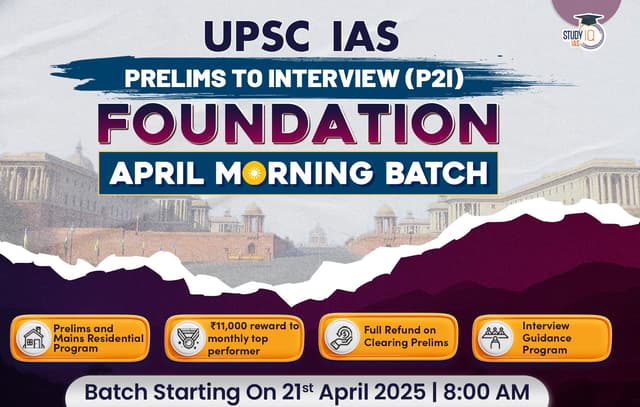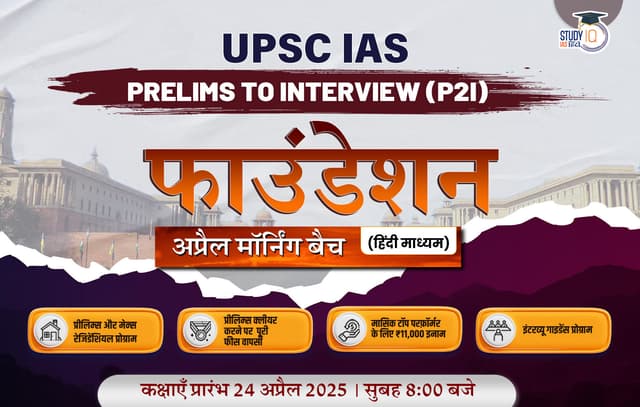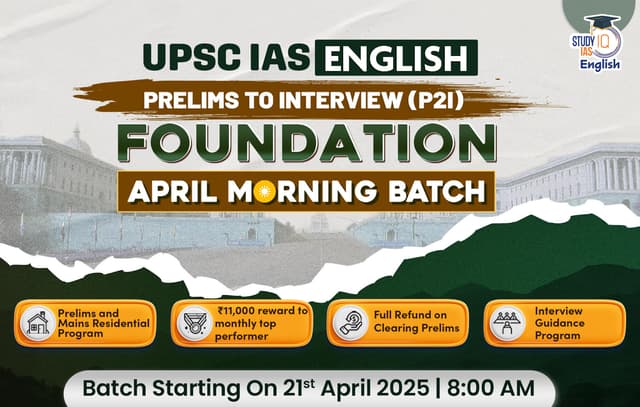Table of Contents
Context: In 2005, around 50,000 Gond tribals were forced to migrate from Chhattisgarh to then-undivided Andhra Pradesh (now parts of Telangana).
Why were Gutti Koya Tribals Displaced?
- Strategic Hamletting to Counter Maoists (2005): The Government of India launched a “Strategic Hamlet” programme (inspired by the Vietnam War model) in Chhattisgarh to eliminate Maoist presence.
- Tribals were forcibly relocated from their forest homes to roadside camps for security and surveillance.
- This led to mass displacement.
- Fear of Maoists: Some tribals did not return home out of fear of Maoist retaliation.
- Maoists often threatened or targeted tribals who were seen as supporting or collaborating with government forces.
- Continued Violence in Bastar Region: Even after the initial hamletting, violence between Maoists and security forces persisted.
- The ongoing armed conflict in the Bastar region led to continued displacement, especially in the border areas.
- Neglect and Denial of Rehabilitation: The Chhattisgarh government denied displacement, claiming no tribals had migrated due to violence.
- There was no proper survey or recognition of the internally displaced people (IDPs), delaying rehabilitation or resettlement.
| Strategic Hamlet Strategy in Other Parts of India |
The Strategic Hamlet strategy, which involves relocating rural populations to control insurgency and isolate militants, has been used in other regions of India, though with varied outcomes:
Telangana (Late 1940s – Early 1950s)
Mizoram (1960s – 1980s)
|
What are the Challenges they are facing?
- Lack of Legal Protection: India lacks a comprehensive national or international legal framework to protect the rights of Internally Displaced Persons (IDPs).
- No birth certificates and hence no Aadhaar, making children ineligible for government welfare schemes and admission to Eklavya Model Residential School (EMRS) and Kasturba Gandhi Balika Vidyalaya (KGBV)
- Hostile Treatment in New Settlements: In Andhra Pradesh and Telangana, they are seen as “encroachers” or migrants.
- Their houses are demolished, and they are denied tribal status, even though many were born there after 20 years.
- Poor Access to Health Facilities: Settlements in remote, hilly terrain lack roads and ambulance access.
- High prevalence of home births (non-institutional delivery).
- Risk to maternal and child health due to the absence of medical aid.
- Lack of Employment: Geographic isolation and lack of documents like Aadhaar or caste certificates hinder access to job opportunities and government schemes such as MGNREGA.
What Can Be Done?
- Mobile Documentation Drives: Integrated Tribal Development Agencies (ITDAs) deploy mobile Aadhaar centres to reduce the burden of long travel for displaced tribal families.
- Women and Child Development officials and ASHA workers should be actively involved in helping families obtain birth certificates.
- Skill Training Programs: Launch tribal-centric livelihood and skill development initiatives under schemes like DDU-GKY (Deen Dayal Upadhyaya Grameen Kaushalya Yojana).
- Access to Healthcare: Set up Mobile Health Units (MHUs) with antenatal, postnatal, and child care services.
- Incentivise institutional deliveries with maternity benefits and ambulance connectivity.
- Train local tribal women as health workers to bridge cultural gaps and improve trust.
- Cultural & Social Integration: Involve tribes in local governance (PESA Act) and forest conservation (FRA Act).
- Address discrimination and exclusion through awareness and sensitisation drives.

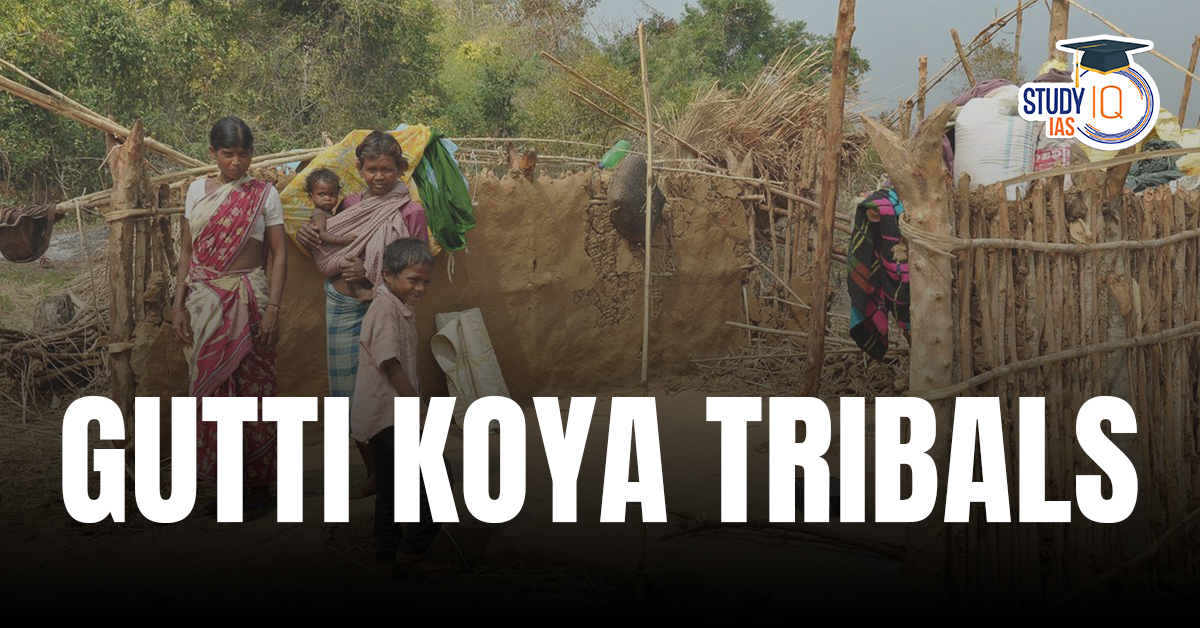
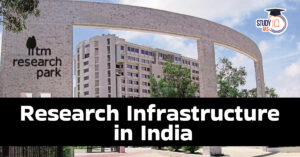 Research Infrastructure in India for its...
Research Infrastructure in India for its...
 Maternal Mortality Rate in India, State ...
Maternal Mortality Rate in India, State ...
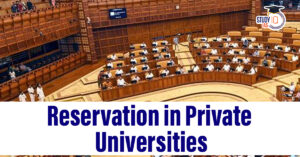 Reservation in Private Universities, Nee...
Reservation in Private Universities, Nee...

